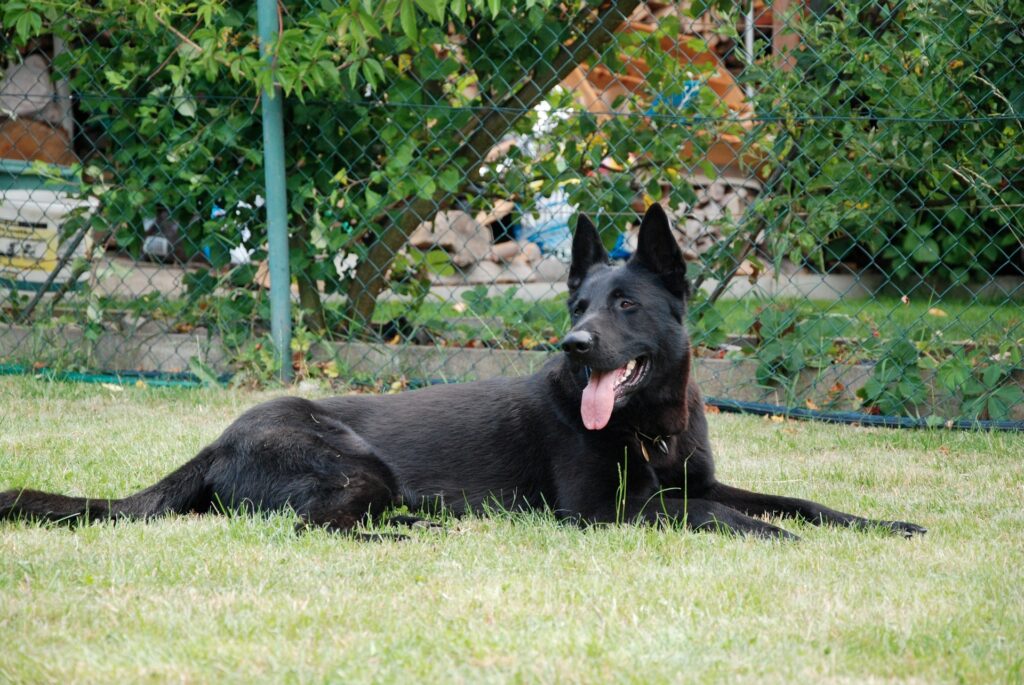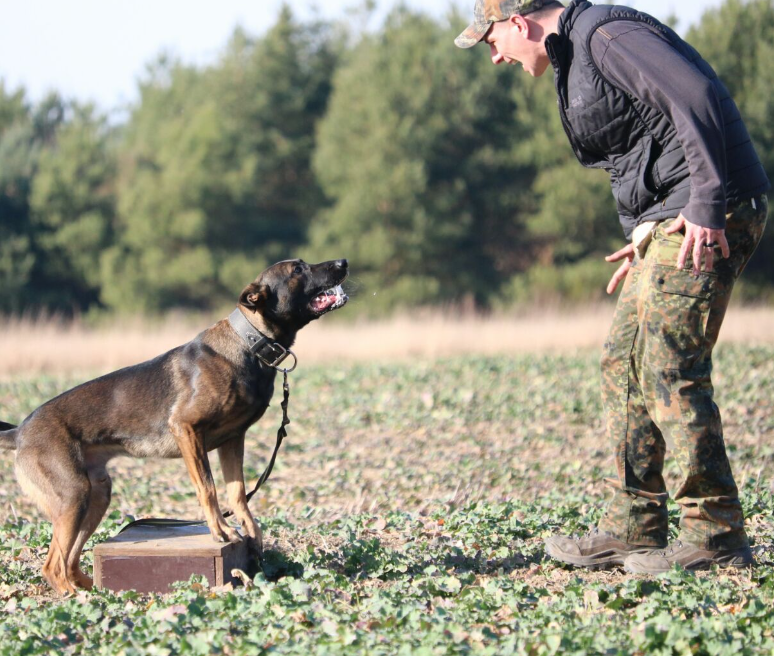
Introduction:
Consistency is a fundamental aspect of effective dog training. Whether you’re teaching basic commands, addressing behavioral issues, or shaping desired behaviors, consistency plays a crucial role in achieving long-term success. In this blog post, we will explore the significance of consistency in dog training and how it influences your dog’s learning process, behavior, and overall training outcomes.
Clear Communication:
Consistency in dog training ensures clear communication between you and your furry companion. Dogs thrive on routine and predictability, so when you consistently use the same commands, cues, and signals, they can better understand what is expected of them. This consistency helps establish a reliable association between the cues and the desired behaviors, enabling your dog to respond promptly and accurately.
Reinforcing Expectations:
Consistency reinforces expectations for your dog. By consistently rewarding desired behaviors and promptly correcting unwanted behaviors, you establish a clear understanding of what is acceptable and what is not. When you maintain consistent expectations, your dog learns what behaviors lead to positive outcomes and which ones result in correction or redirection. This clarity helps shape their behavior and encourages them to repeat the desired actions consistently.
Building Trust and Confidence:
Consistency builds trust and confidence in your dog. When you consistently reward and reinforce desired behaviors, your dog learns to trust in your guidance and develop confidence in their abilities. They understand that their actions lead to positive outcomes, which strengthens their bond with you and motivates them to continue learning and performing well.
Avoiding Confusion:
Inconsistency in training can lead to confusion for your dog. If you use different commands or cues for the same behavior or if you inconsistently reward or correct their actions, it can create uncertainty and make it difficult for your dog to understand what you want from them. This confusion can impede their learning progress and lead to frustration for both you and your dog. Consistency helps eliminate confusion, making the training process smoother and more effective.
Establishing Routine:
Consistency in training establishes a routine for your dog. Dogs thrive on structure and routine, as it provides them with a sense of security and predictability. When you establish consistent training sessions at regular intervals, your dog becomes familiar with the training process and knows what to expect. This routine helps create a conducive learning environment and facilitates their ability to focus and engage in training sessions.
Generalization of Skills:
Consistency is essential for the generalization of learned skills. Dogs naturally associate specific cues or commands with certain behaviors or actions. However, to ensure that your dog can perform these skills in different environments, with various distractions, and in the presence of other people or animals, consistency is crucial.
By practicing commands and behaviors consistently in different situations.
your dog learns to generalize their skills, transferring their learning from one context to another.
Addressing Behavioral Issues:
Consistency is particularly vital when addressing behavioral issues. Whether it’s jumping, barking, or leash pulling, consistent responses are necessary to modify unwanted behaviors effectively. Inconsistency in how you react to these behaviors can confuse your dog and hinder progress. By consistently implementing appropriate strategies and responses to address behavioral issues.
you provide clarity and guidance for your dog, facilitating their understanding of what is expected of them.
Family and Household Consistency:
Consistency extends beyond your own actions as a trainer. It is crucial for all members of the household or anyone interacting with your dog to be consistent in their approach. Different commands or responses from different individuals can confuse your dog and disrupt the training process. Establish clear guidelines and ensure everyone involved in your dog’s care follows them consistently to provide a unified and cohesive training experience.
Patience and Persistence:
Consistency in dog training requires patience and persistence. It’s important to understand that learning takes time and that progress may be gradual. Consistency involves repeating commands, reinforcing desired behaviors, and addressing unwanted behaviors persistently. By remaining patient and persistent in your training efforts, you demonstrate consistency to your dog.
allowing them to learn at their own pace and achieve steady improvement.
Long-Term Training Success:
Consistency is the key to long-term training success. It lays the foundation for your dog’s understanding of commands, behaviors, and expectations. By consistently reinforcing desired behaviors, addressing unwanted behaviors, and maintaining a structured training approach. you set your dog up for lifelong obedience and good behavior, and a strong bond with you as their trainer and companion.
Conclusion:
Consistency is a fundamental element of successful dog training. From clear communication and reinforcing expectations to building trust and confidence, consistency plays a crucial role in shaping your dog’s behavior and fostering a strong bond between you. By establishing routines, avoiding confusion, and generalizing skills, consistency creates a solid foundation for your dog’s learning and allows them to thrive in various environments. Embrace consistency in your training approach, be patient, and persistently reinforce desired behaviors to ensure long-term training success and a well-behaved, happy canine companion.


